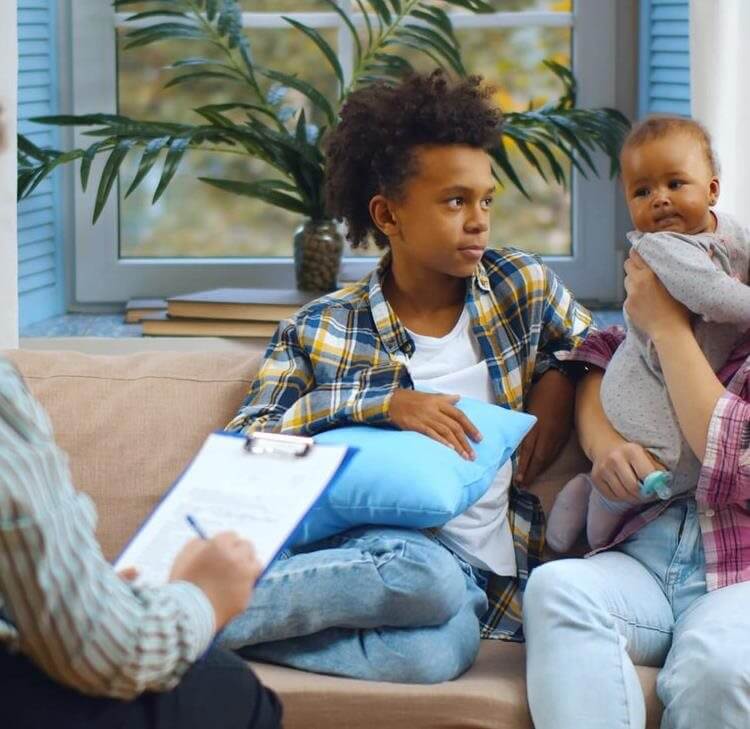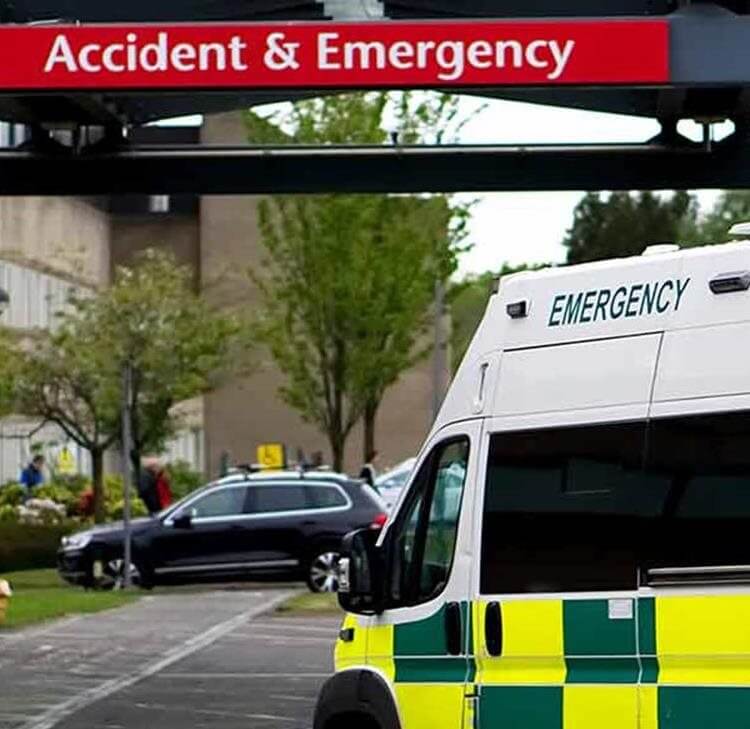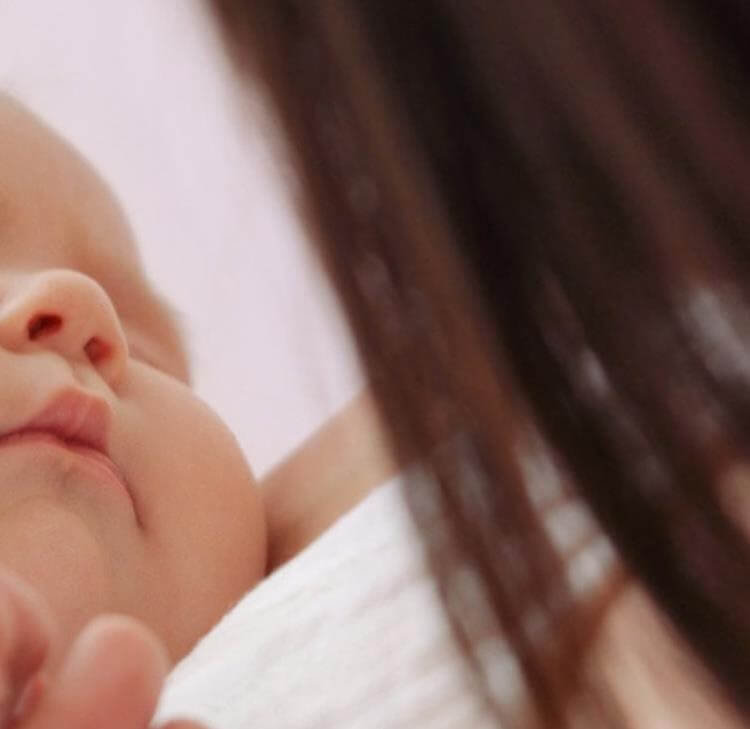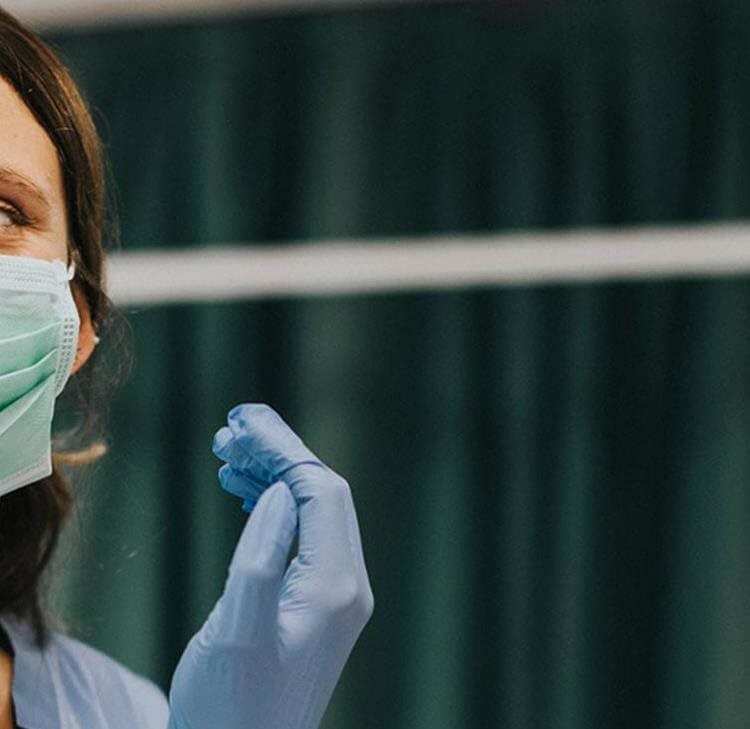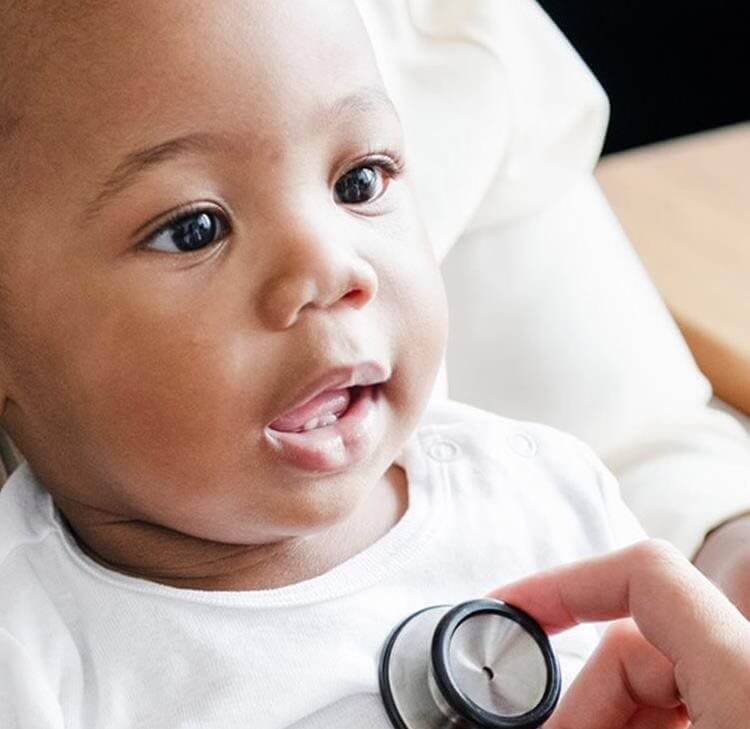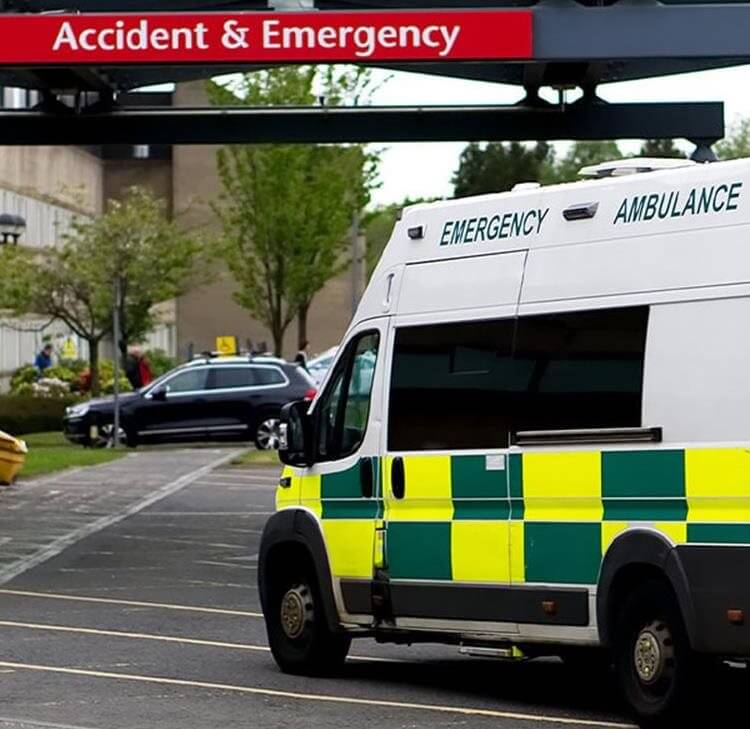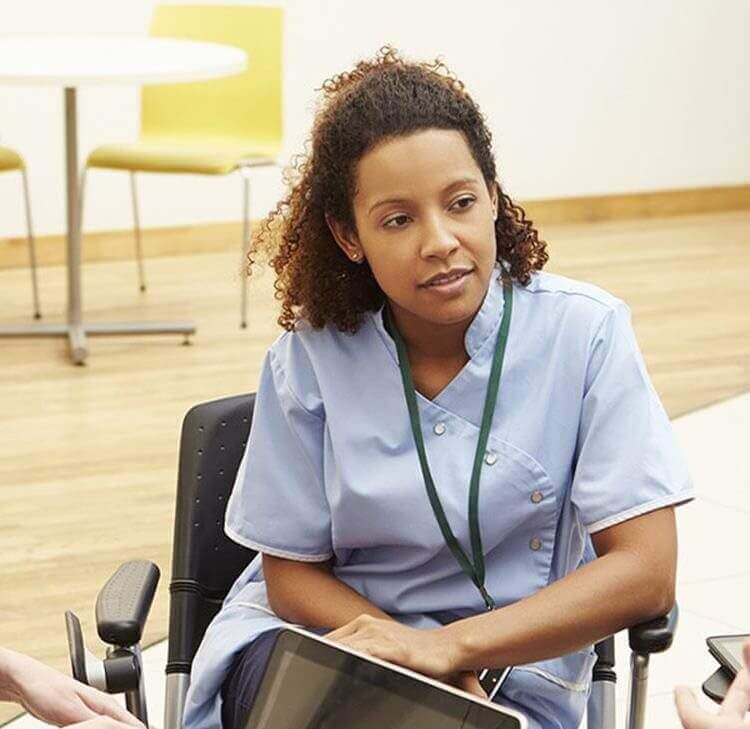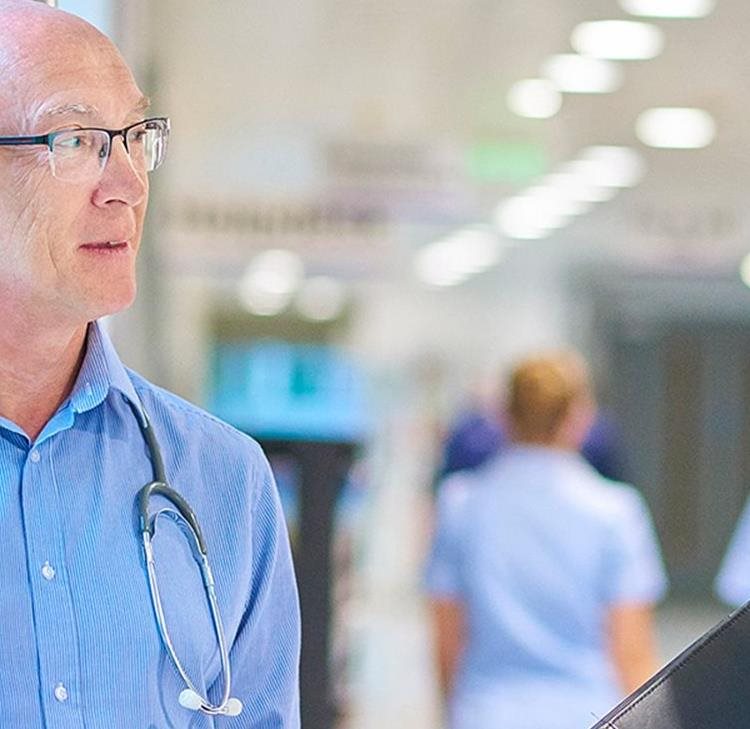AI is now part of everyday life, and healthcare is no exception. We already see AI reading scans, summarising notes and spotting patterns in large datasets.
In neurorehabilitation, AI-enabled tools can help patients start sooner, practise more often and keep therapy on track between therapist-led appointments.
Used in the right cases, in targeted ways, it has real potential to improve outcomes and to support the Government’s direction of travel: moving care “…from hospital to community, analogue to digital and sickness to prevention… ”, a theme embedded in the 10-Year Health Plan for England.
How can AI help with neurorehabilitation?
NICE in their stroke rehab guidance (NG236) set a clear expectation of needs-based rehabilitation at meaningful intensity (at least three hours per day, five days per week) and continuity from hospital into the community. The practical bar is therefore high, particularly in the context of already stretched NHS services.
Digital tools may help reduce gaps, by structuring practice at home, tracking adherence and perhaps even flagging when a patient would benefit from an in-person clinician review.
How is AI being utilised in neurorehabilitation?
Supervised telerehab and remote monitoring
These programmes pair video-guided home sessions with simple sensors. For example, wrist-worn units, pressure mats or balance boards, that log repetitions, range and stability.
Clinicians review a dashboard between appointments, adjust exercises and escalate to an in-person review if safety or progress flags trigger. Tools like this allow patients to keep practice going between visits with professional oversight.
Virtual reality (VR)
VR systems, ranging from non-immersive screens to head-mounted displays, offer graded, game-like tasks (e.g. reach-to-grasp, stepping, postural control) with real-time feedback and automatic difficulty progression.
The goal of these tools is to make very high-repetition, task-oriented practice, more engaging.
Rehabilitation robotics
These can include the use of wearable robotic devices (exoskeletons) that are designed to overcome early weakness or fatigue so that patients can complete higher numbers of repetitions than may otherwise be possible.
Computer-based speech and language therapy
These are speech-recognition-based apps that deliver short, frequent exercises in naming, articulation, reading and writing, with progress data shared with the therapist.
They are designed to raise practice frequency between sessions and to give objective feedback on accuracy/latency.
Practical considerations for AI implementation
Ultimately, rehabilitation is a human process: agreeing goals with a patient, reading nuance (fatigue, mood, pain), motivating practice and keeping people safe are all judgments which come from training and clinical relationships built on trust.
While AI technology clearly has real potential to assist patients with their neurorehabilitation efforts and may be useful as an adjunct to therapist-led sessions, it should not be seen as a replacement.
AI technology will not be suitable for all patients and resourcing pressures will have an impact on the availability of this new technology.
Clinicians may wish to consider whether AI neurorehabilitation methods are a good fit for their patients (on a case-by-case basis), this could include consideration of the following:
- Whether a given tool adds practice and/or speed towards a goal that the patient values.
- Any safety implications (falls risk, skin integrity, over-fatigue) and how they can be mitigated.
- What supervision/escalation will be in place.
- Whether the tool delivers a measurable gain once implemented (and should therefore be continued, adapted or stopped).
The future of AI and neurorehabilitation
We are continuing to see the implementation of new and exciting technologies in neurorehabilitation. Browne Jacobson is proud to have worked with Strolll on contracts for its Augmented Reality rehabilitation technology that sits alongside AI in modernising rehabilitation pathways.
AI will not revolutionise neurorehabilitation overnight. But used where it fits the patient, adds practice and shows measurable benefit, it has potential to help neurorehabilitation teams to deliver earlier, targeted support.
As real-world results accumulate, it will be worth watching whether carefully selected tools contribute meaningfully to functional improvement for those who have suffered neurological injuries.
What does this mean for clinical negligence claims?
From a clinical negligence and medical malpractice claims perspective, it is too soon to say whether these new technologies will have a measurable impact upon damages in claims concerning neurological injuries.
However, where AI-enabled neurorehabilitation demonstrably improves or accelerates functional recovery, helping claimants to achieve greater independence, it may have a resulting impact on the heads of loss claimed (principally care, assistance, case management and lost earnings).
Equally, claims may be pursued for the costs of neurorehabilitation packages which incorporate these AI tools. The recoverability of these costs will vary from case to case, however, claimants should expect to have to prove that these neurorehabilitation packages will achieve a benefit which is proportionate to the proposed costs.
If you or your organisation require guidance on neurological injury claims or the legal implications of AI-enabled rehabilitation technologies, please contact Jennifer Ashworth, Louise Jeffers or Kate Westley in our specialist clinical negligence team.




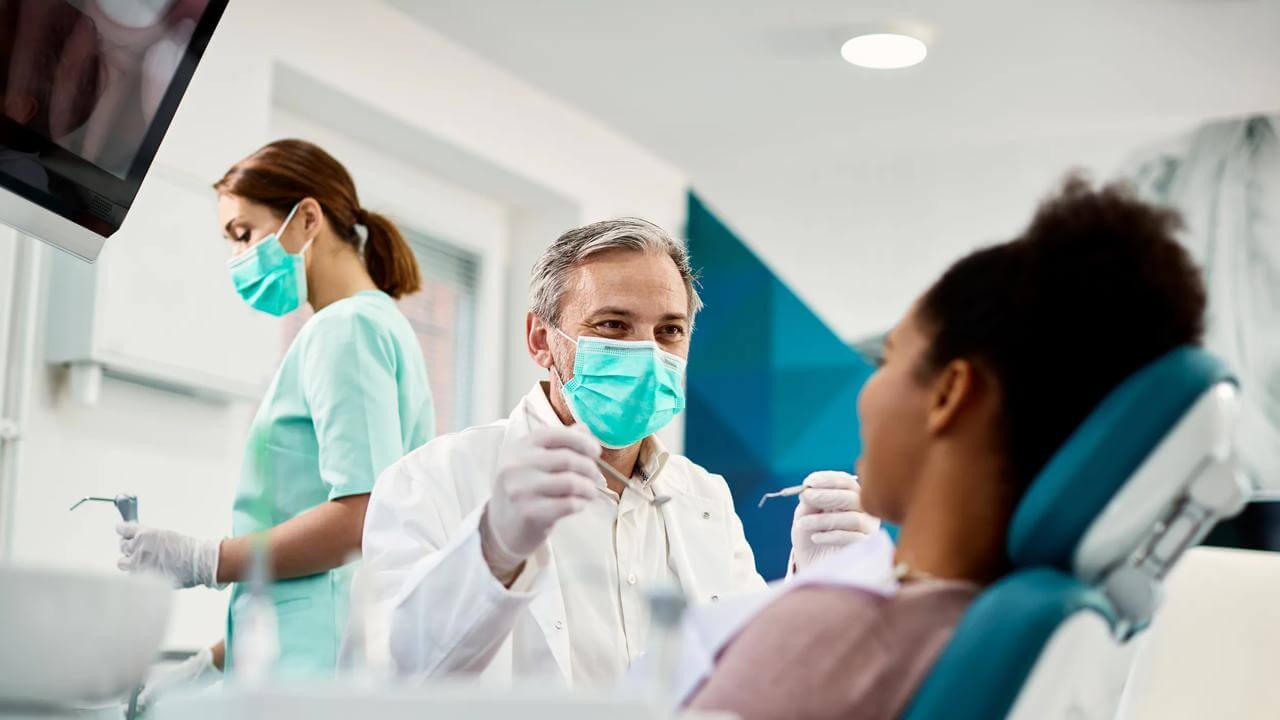

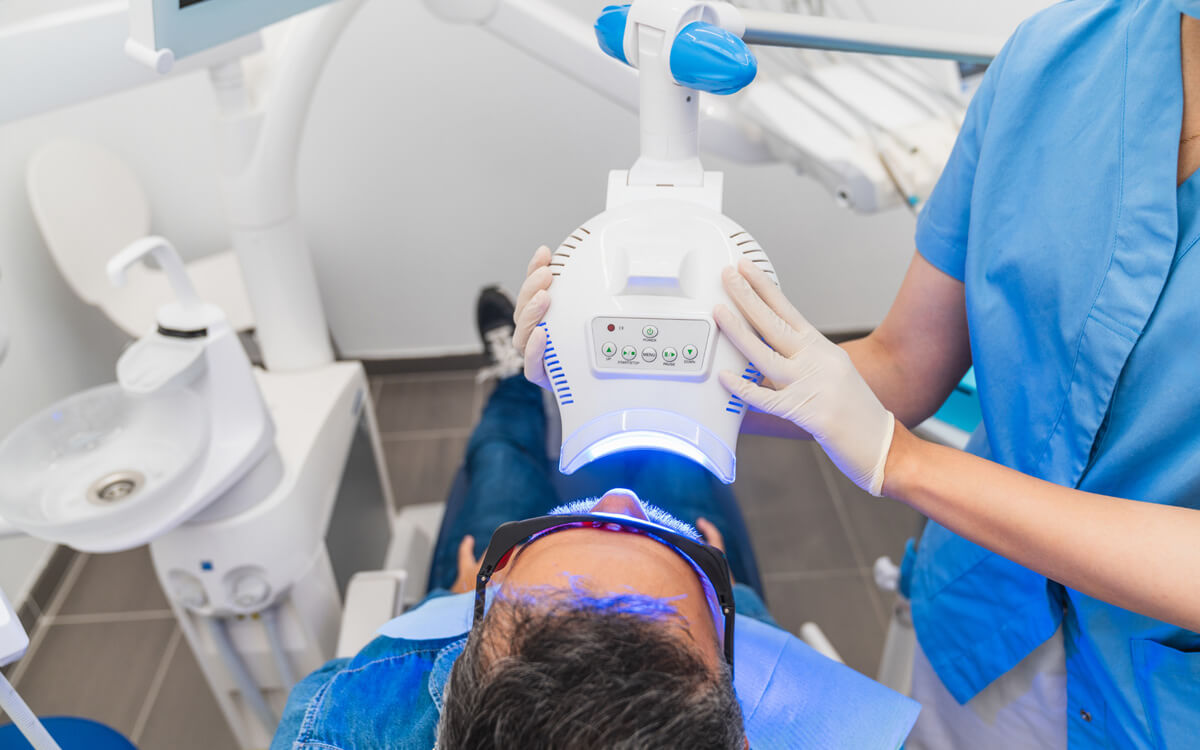
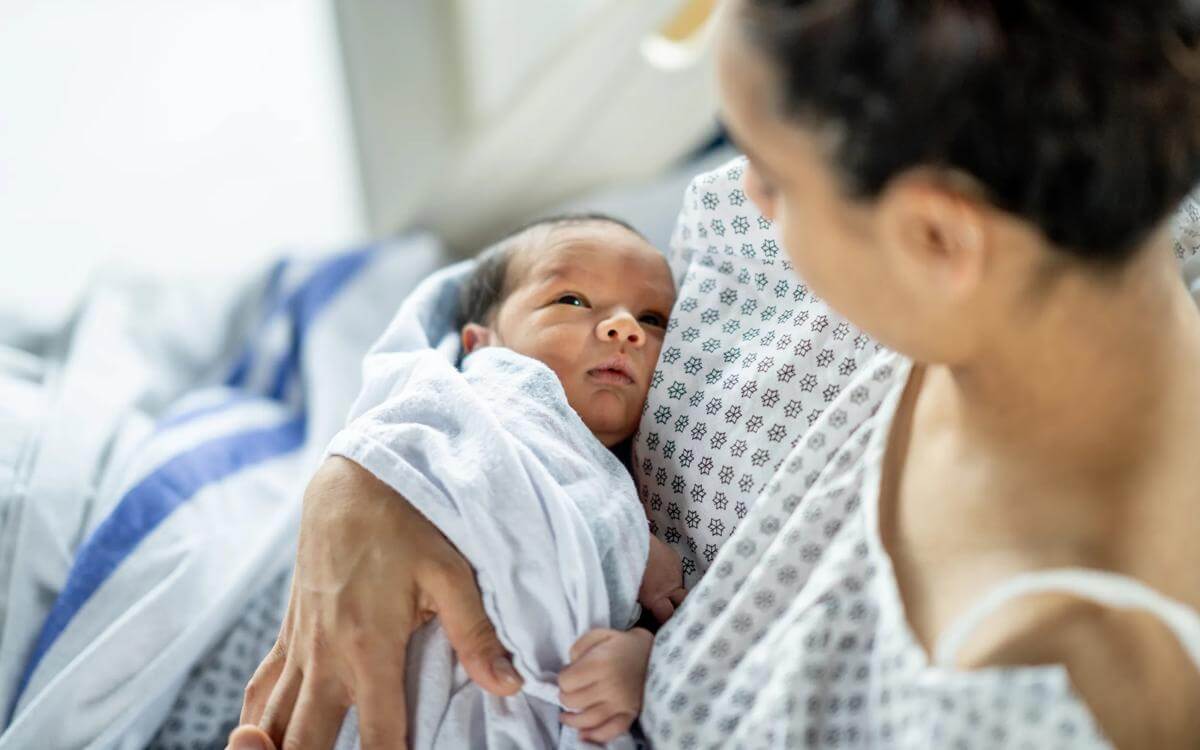
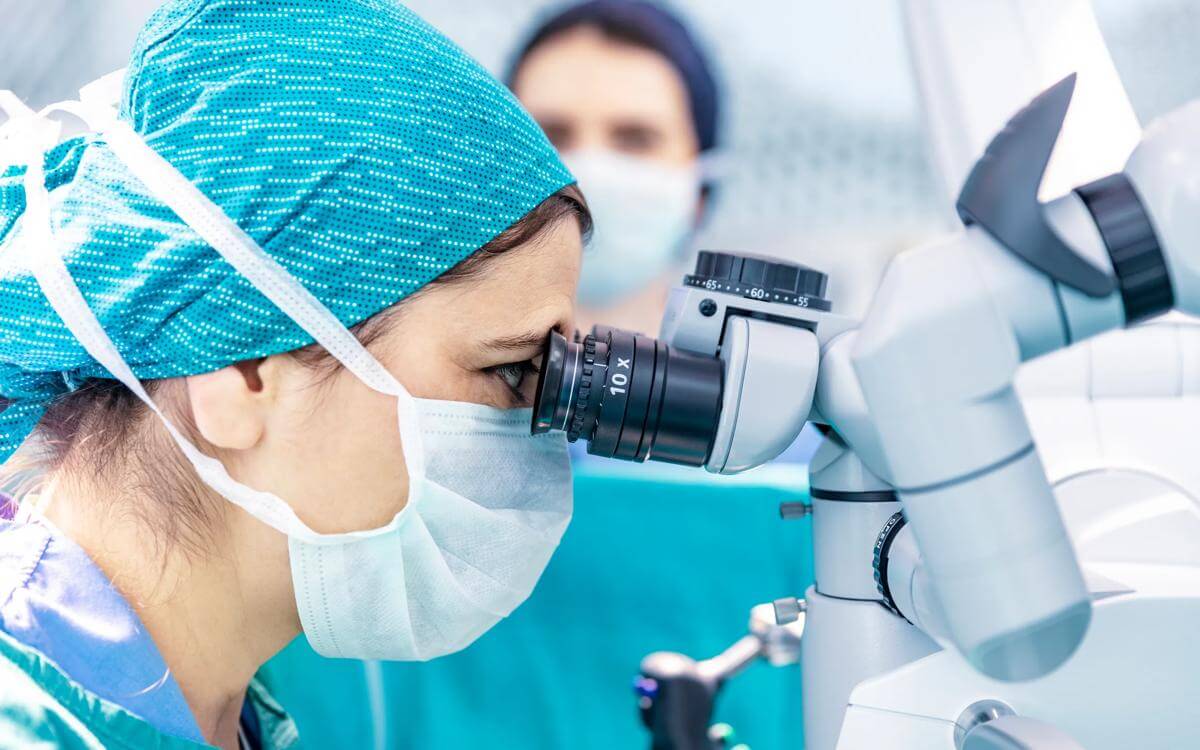
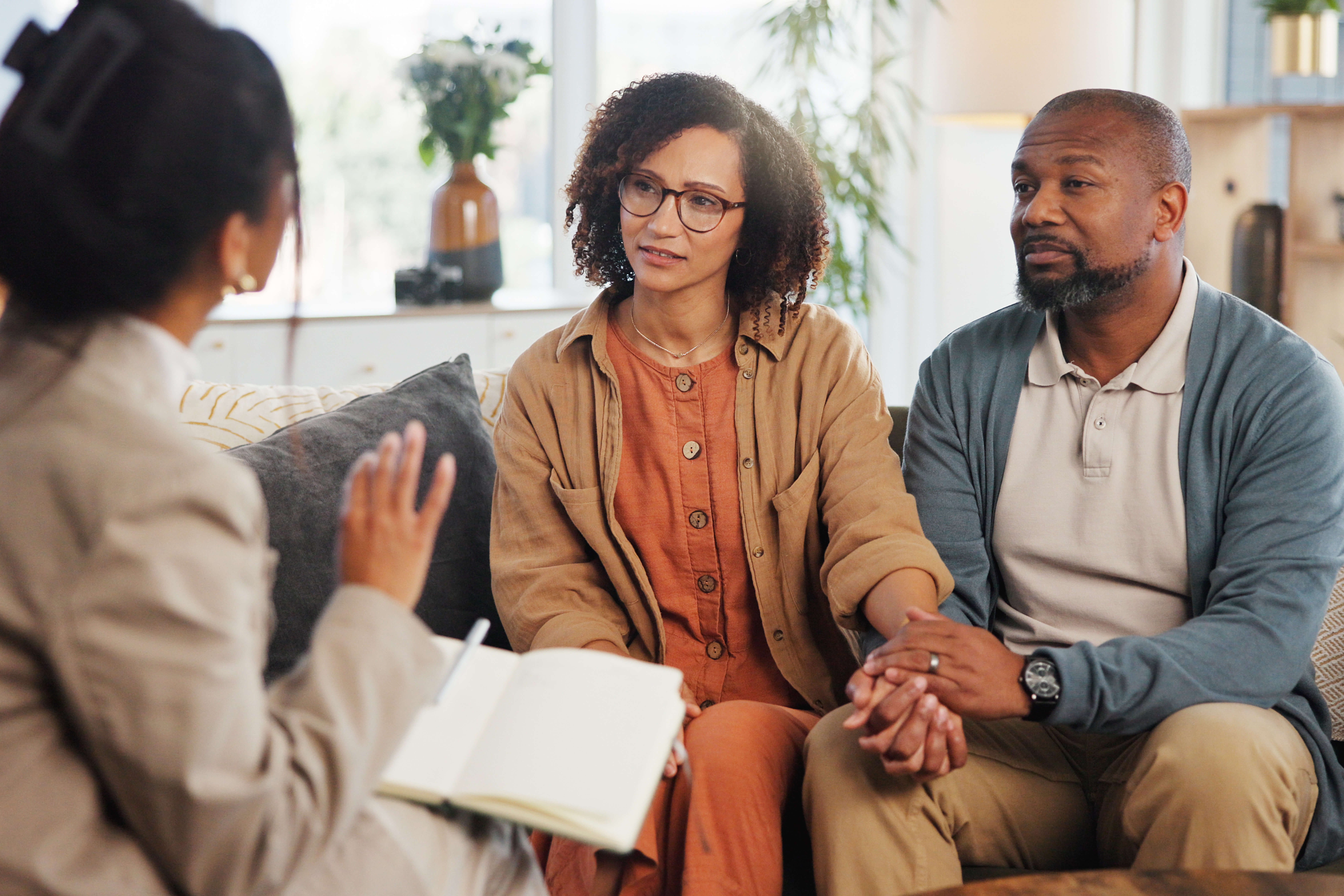
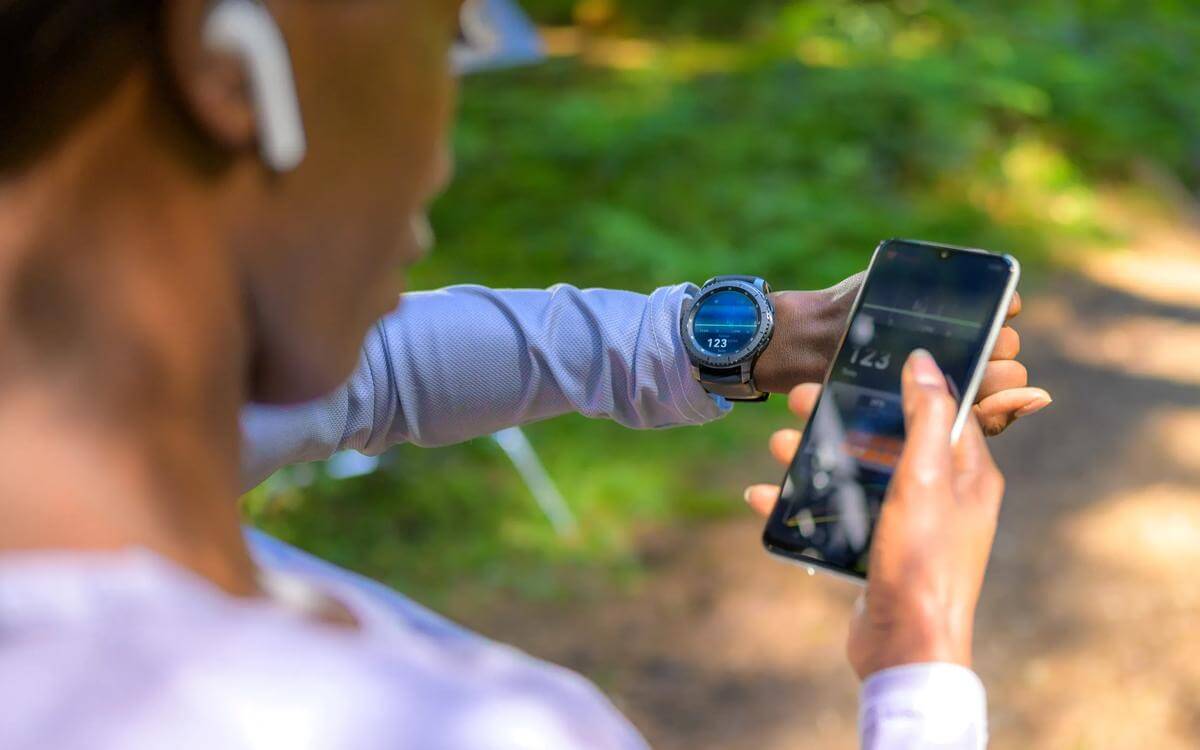
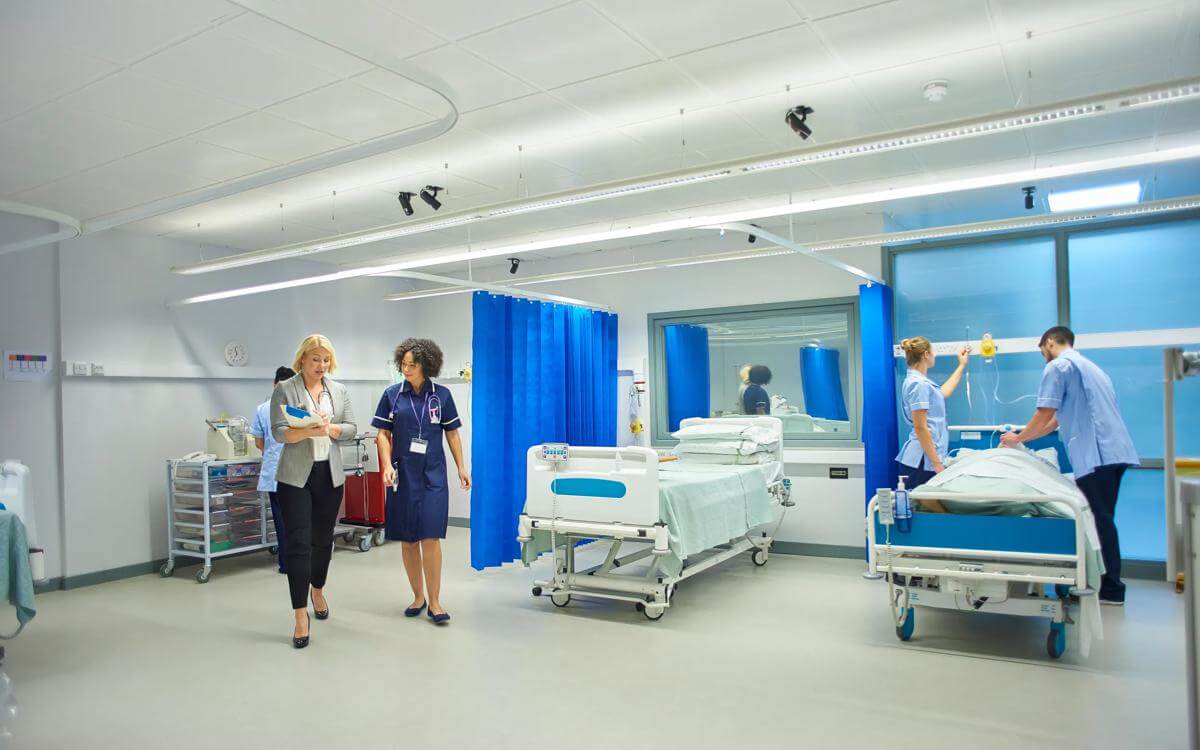
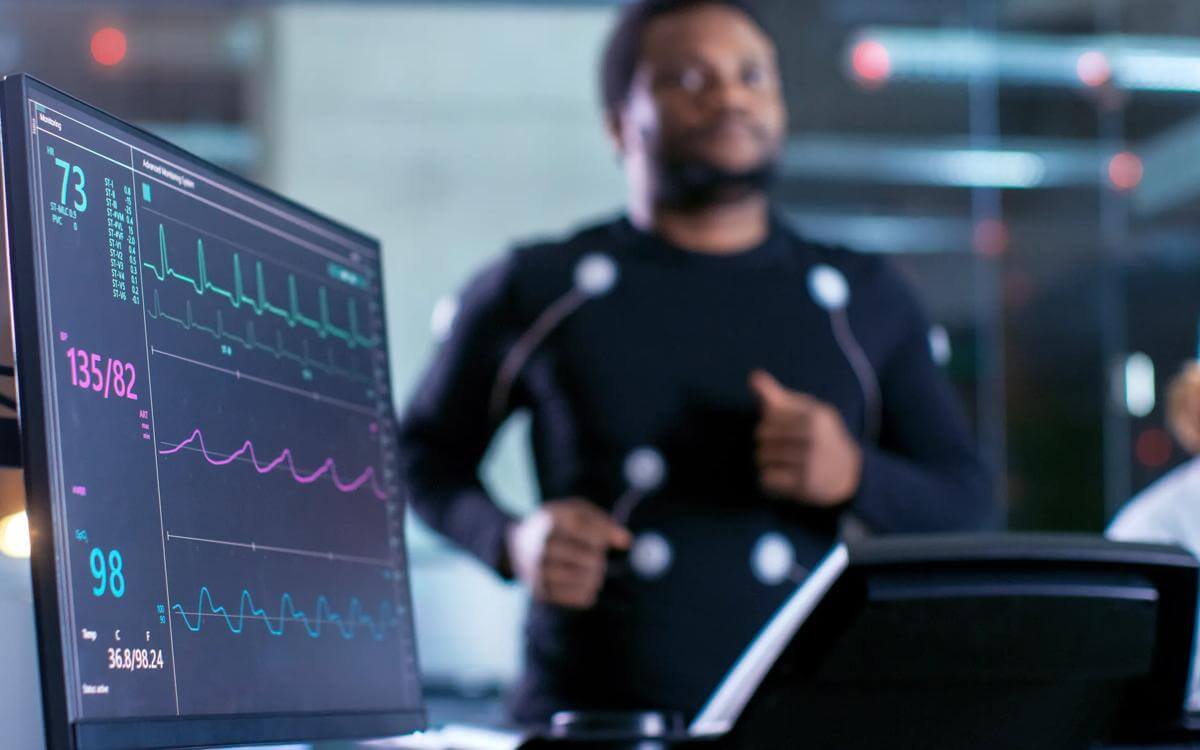
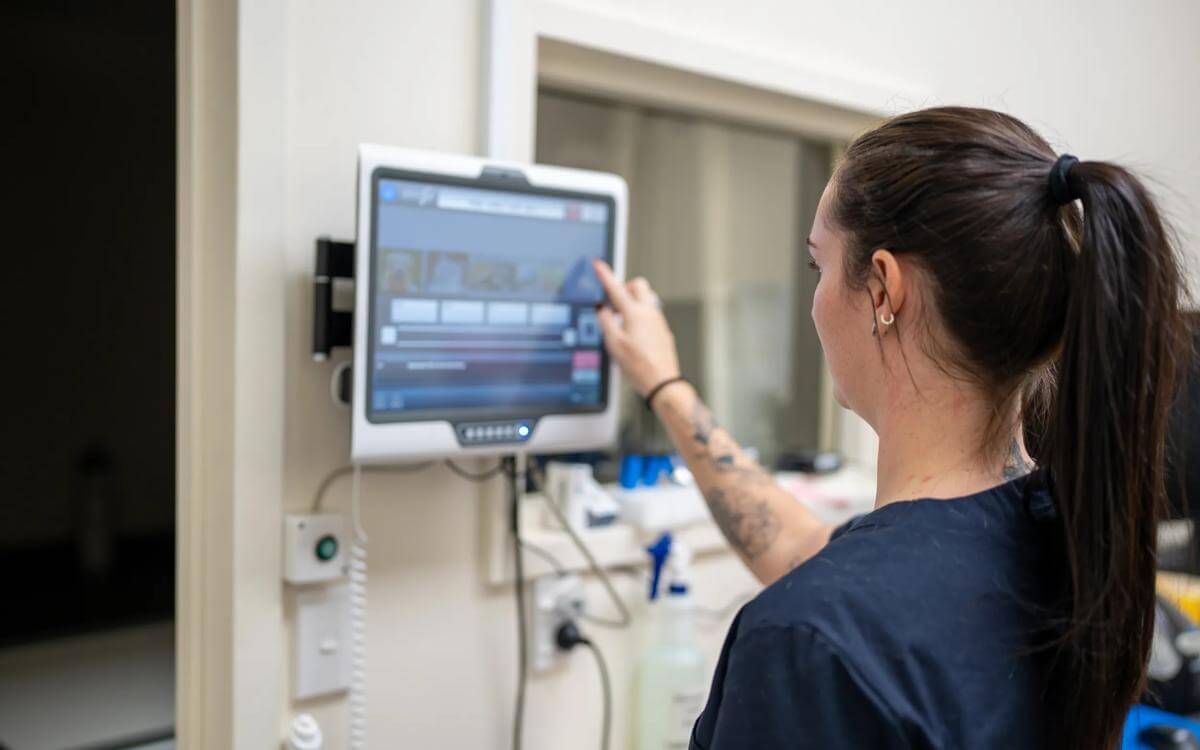

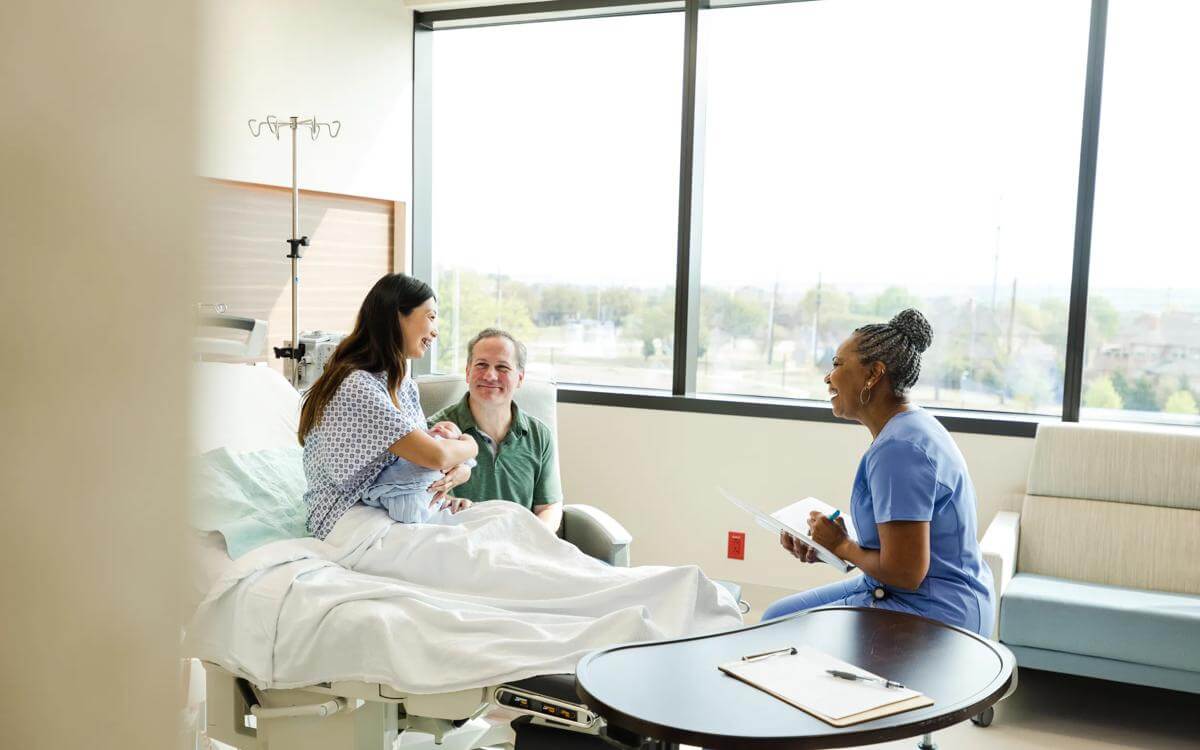

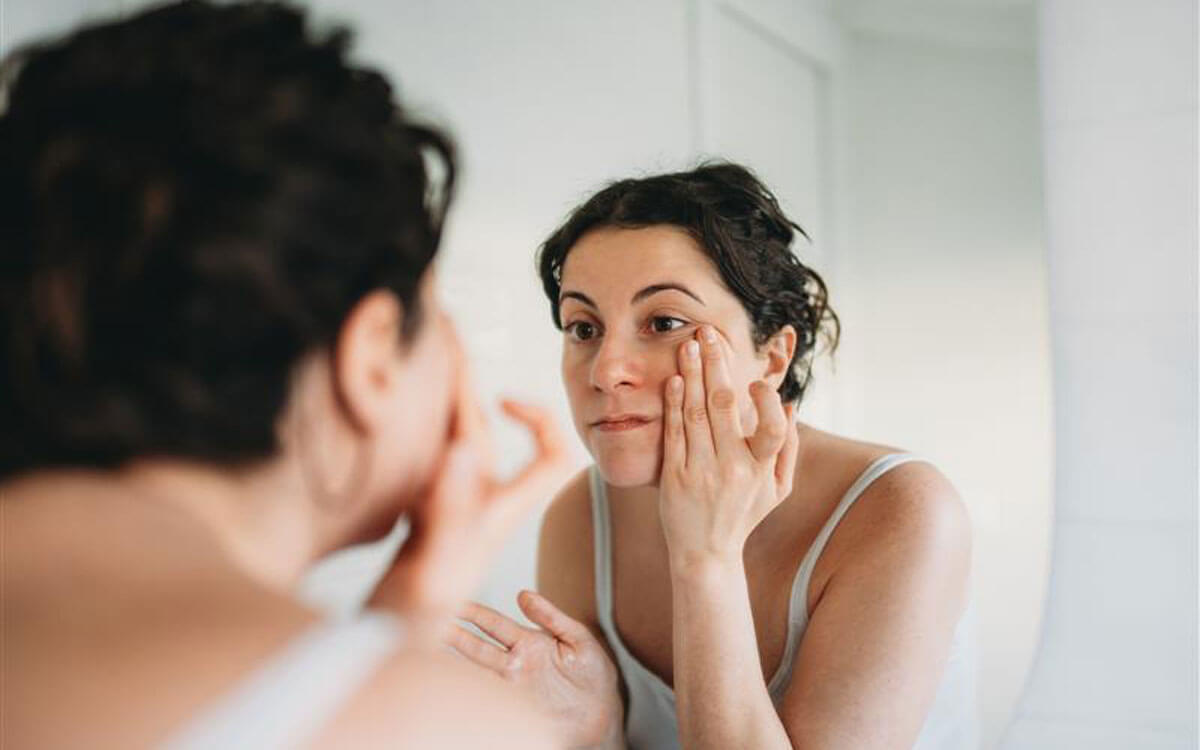


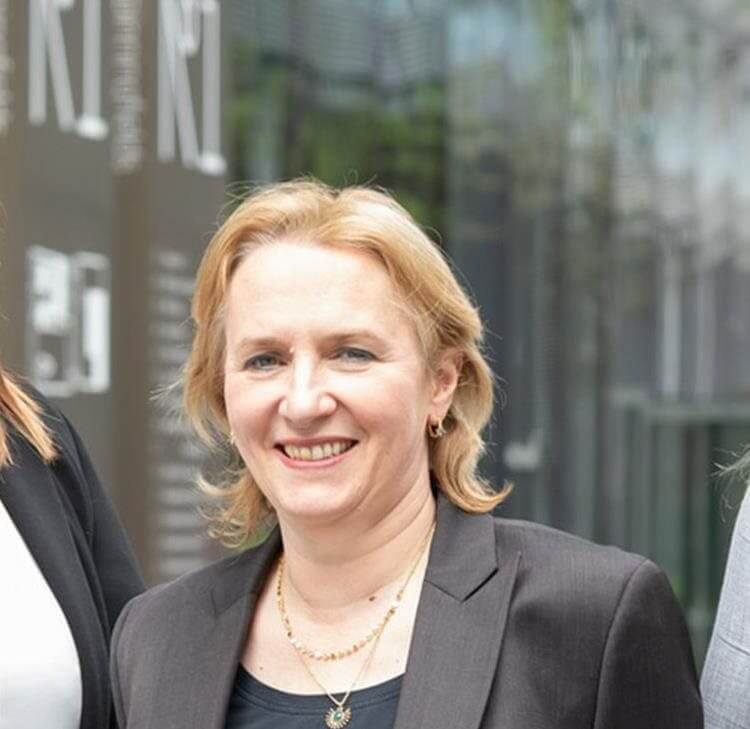

![Contractual liability for all inclusive treatment: Bartolomucci v Circle Health Group Limited [2025]](/getattachment/95f9533b-f99c-4fcc-b8d5-3f93904b8242/shutterstock_1265400856.jpg?variant=HeroImageTabletVariantDefinition)
